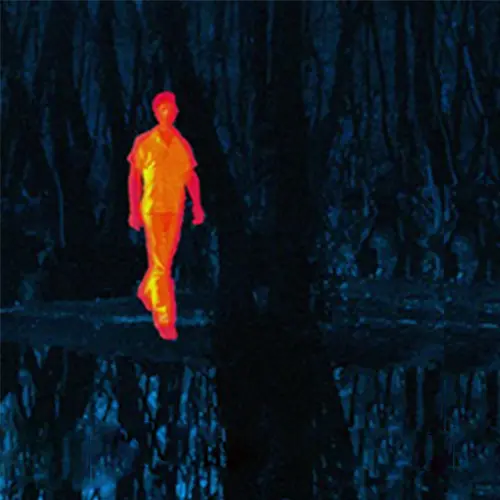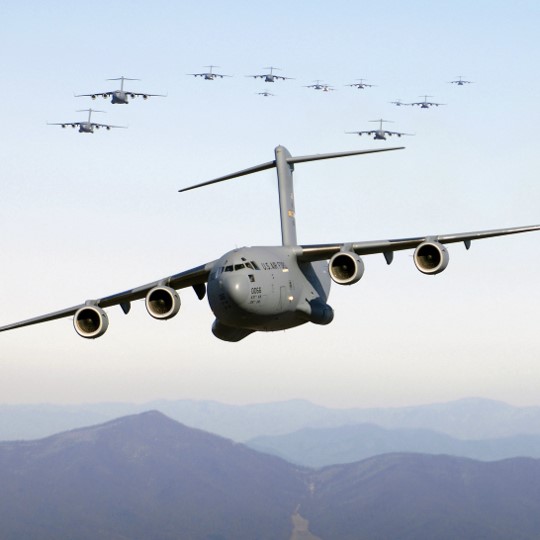There are many white papers and articles available on different technologies, protocols, optics, lights etc. but none deal with vision systems (or their components) pricing. In this article we will try to shed some light on myth of high costs of vision related systems, and especially frame grabbers. To eliminate any potential arguments regarding low-quality components and manufacturing procedures, this article will focus only on high-quality products standing with verified quality control requirements.
Historically, frame grabbers (FGs) have been considered an expensive part of machine vision equipment that maintained the same pricing levels for decades; FGs are complex products that not only require high-end integrated HW and SW designs but must also meet the high standards of most industrial applications. Taking everything into consideration, one may argue that the high costs are reasonable (especially when compared to the prices of cameras and optics) but we believe that this is no longer justified.
Before we dive into cost estimations we would like to describe how we believe the price of the FGs should be evaluated: the main purpose of a frame grabber is to receive video stream from the camera and transfer it to a host memory by processing some minor algorithmics on the fly. In our opinion, frame grabber prices over time should be compared by actual cost per bandwidth and not in absolute terms. Considering this when comparing average historical prices of frame grabber cards, we can see that prices are dropping rapidly.
For example, let’s take a frame grabber card that supports camera link full interface, with a bandwidth of about 6Gbps. Most frame grabber vendors offer this card at around the 900$ range. In other words: appx 150$/Gbps. Compared to a single channel 6G CoaXPress frame grabber with similar bandwidth that is now being offered by most vendors at around 750$ range (or 125$/Gbps) we can see that over last couple of years relative prices of frame grabbers have dropped about 15%. And this is just the beginning! With the new CoaXPress v2.0 interface standard released (supporting a 12Gbps link speed) the price of frame grabbers dropped by additional 50%. How is that possible? Prices of a single channel CoaXPress frame grabber stay in the range of 650$, or 54$/Gbps!
So far, so good! Right? Well, not exactly. The channel bandwidth of SDI capture cards is almost the same as CoaXPress based FGs (although admittedly missing a couple of features, such as GPIO and uplink control), so how come SDI cards are so much cheaper? The answer is rather simple: quantities. There is much more demand for SDI cards compared to CoaXPress. Simply put, the broadcasting market is much bigger than high-end machine vision. Design, manufacturing and support of such products involve a lot of expensive development and logistics and this overhead must be paid from the margin of cards resell. Simply put: the less you sell, the more you must charge to cover your overhead expenses.
Here’s another example: assuming COGS (cost of goods sold) of a given product is 300$. A company has to add approximately 15% for warranty, support, stock management, RMAs etc. which adds 45$ of base price for a total of 345$. A common rule of thumb dictates the price should be about 3 times the COGS, which makes it 900$ MSRP. Expenses for marketing, distribution, advertisement as well company profit should be covered by the difference (900-345=565$). Businesses in low volume productions industries such as machine vision can easily hit 30% of the product cost in marketing and distribution expenses, leaving the company with a 295$ profit. The final and probably most important expense goes toward R&D: we do want our vendor to be able to offer us more advanced products in the future.
Most healthy companies invest about 25% of revenue (and about 225$ for this example) in research and development which leaves us with about 70$ for the company after selling the product for 900$. How is it that companies are still able to sell a single channel frame grabber card for 650$? The simple answer is that companies that can accommodate such prices simply sell more. Much more. The costs are then spread between more products sold (not necessarily from the same product line). It’s a magic loop: the more you sell, the less it costs you to manufacture and the lower price you can offer your customers.
We in KAYA offer a wide variety of products for the machine vision industry widely recognized for their quality. As demand rises so do our selling quantities, which allows us to keep prices lower than our competitors while keeping a consistently better quality. No bells and whistles, just hard work. Click here to learn more about our Frame Grabbers.
Click Here to Download the Complete File
For any questions, suggestions, or comments, please contact us at kayainstruments.com/contact-us/
Tel: +1 (786) 296-2721
KAYA Instruments Team





